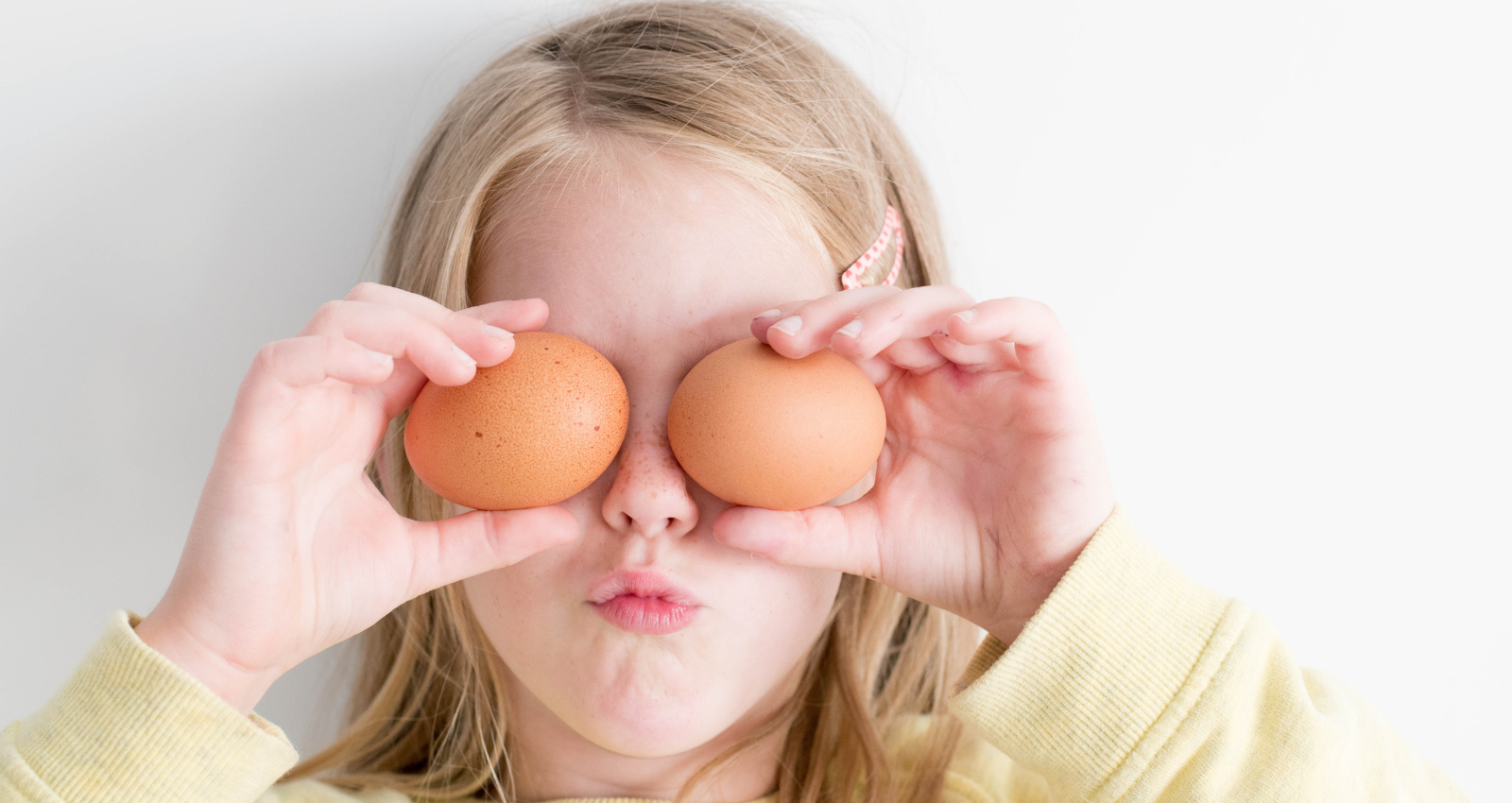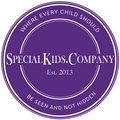
The importance of diet and nutrition in autistic children
Diet and nutrition are important for all children, not just children who have autism. However, studies have shown that diet can have an impact on autistic children and that there are foods that parents should consider avoiding giving their children because of sensory needs. It goes without saying, vitamins can be helpful in ensuring that your child has all the nutrients that they require to grow and be healthy.
How does diet affect autism?
The Association of UK Dieticians states that ‘there are no differences in nutritional requirements for autistic people and a balanced diet is important for good health and development’. Whilst this is true, many autistic children have food hypersensitivity due to sensory processing issues. This means that certain textures, smells or tastes can be extremely overwhelming and upsetting for them. It is important to remember this whilst offering your child food. Although you may feel frustrated and worried if your child’s diet is limited, you should be mindful that this is not something that your child is doing deliberately, and it can be extremely difficult for them.

Things to consider if your child’s diet is impacted.
- Write a food diary and record things such as what time your child ate, what they ate, where they ate and any environmental factors. This might help you notice their difficulties and what makes eating easier for them.
- Create a routine around meal time as lots of children benefit from this. This might mean that they want to eat alone, require specific cutlery, or use a distraction like an iPad. Whatever works. On the contrary, some children do not like set mealtimes and prefer to have a ‘grazing plate’ to pick and choose when to eat. If your child has extremely limited eating, you should consider this.
- Safe and comfortable environment, make sure your child is in an environment that they are comfortable in when eating. They might need a quiet space or require a specific toy to help them.
- Consider textures and colours that your child likes and try to introduce similar foods to widen the range that they eat. You can modify the foods that they eat by changing the texture, for example, mashing or pureeing. Introduce other food types slowly and let them take the lead so that there is no pressure. Limit the amount of food that you put on their plate so it is not overwhelming.
- Avoid foods with textures and smells that your child is sensitive to. This may include eating these foods around your child. Some children are extremely sensitive and can react to this.
- Vitamins are important if your child doesn’t eat a varied diet. Speak to a dietician who can advise you on what supplements would be beneficial for your child. If your child will struggle to take supplements, ask what different forms they take (e.g., liquid, drops, capsules, tablets) and if they can be hidden in foods that they like, for example, yoghurt. Look out for changes in behaviour which may indicate a vitamin or mineral deficiency. This includes tiredness and pica (eating non-edible items).
- Check with your GP or a dietician if you feel that your child has any problems with swallowing, their gut or bowel movements to ensure that they do not have any underlying medical issues or food intolerances. It is also worth consulting their dentist if there are any sudden changes to their eating habits and they have difficulty communicating.
- Reach out to an Occupational Therapist for advice on aids that can help your child to eat, for example, a wobble cushion if they struggle to sit down, weighted or angled cutlery and plates that have suction at the bottom so that they do not move from the table. If your child doesn’t like different food touching each other, you can buy divider plates online or in most supermarkets.
- Use visual tools and timetables to help explain to your child what they are eating and the benefits of food. This can help to reduce any anxiety around mealtimes and help your child prepare. The National Autistic Society recommends not categorising food into healthy or unhealthy, or good and bad as this can sometimes be taken too literally and can cause further problems.

